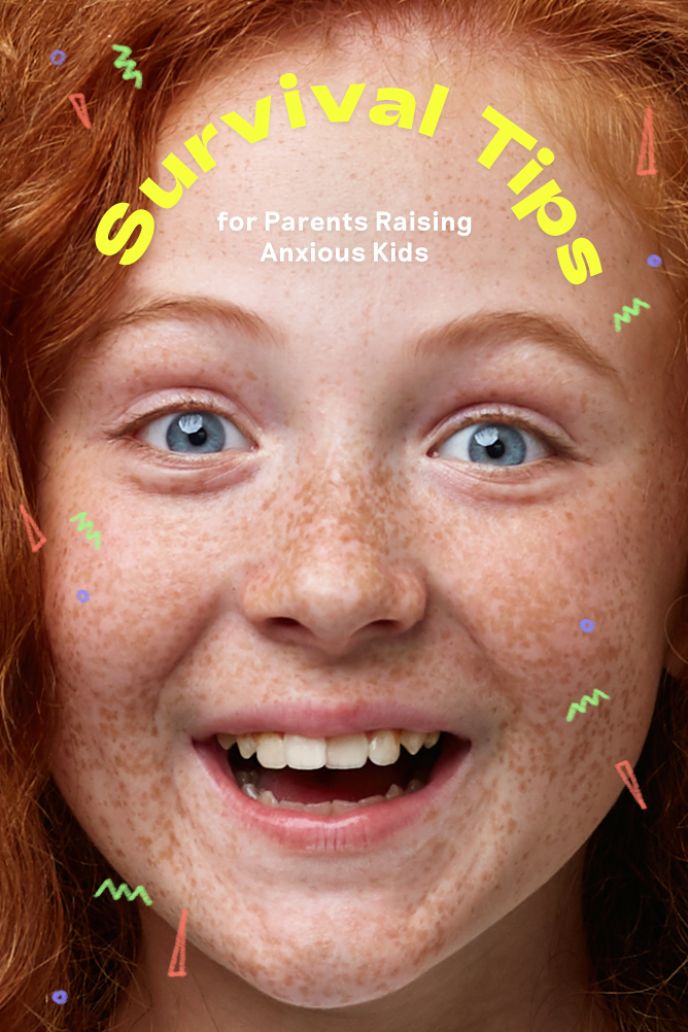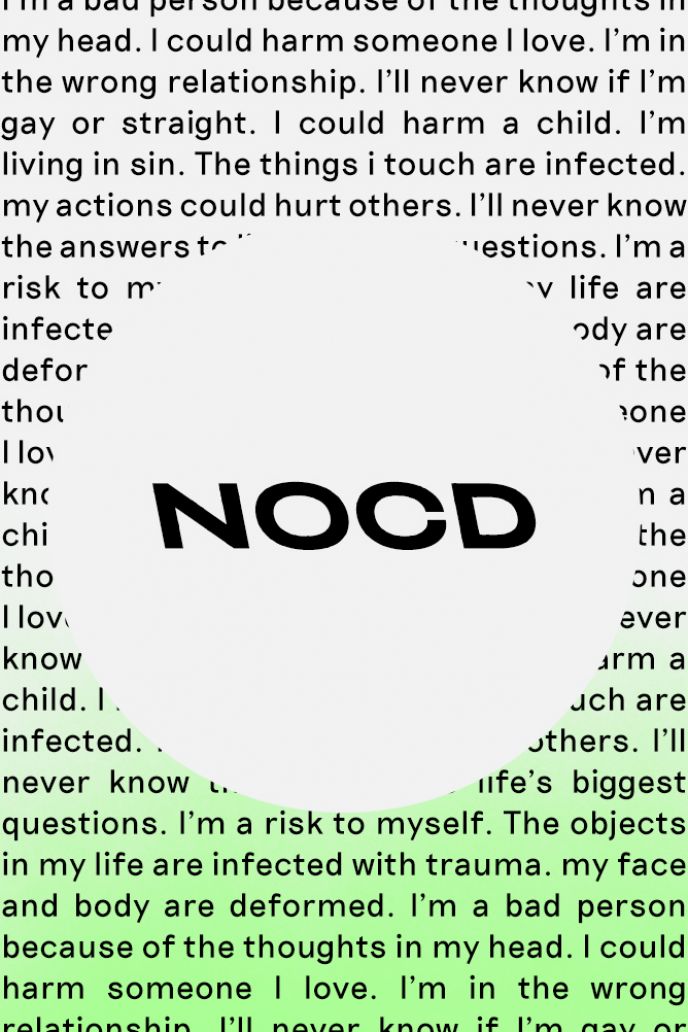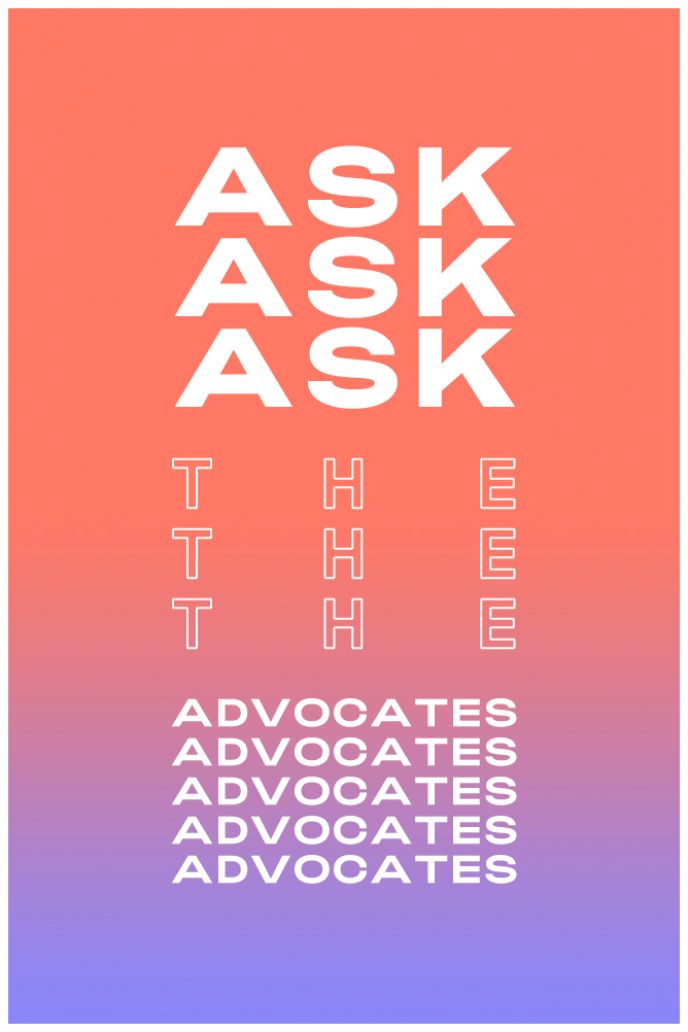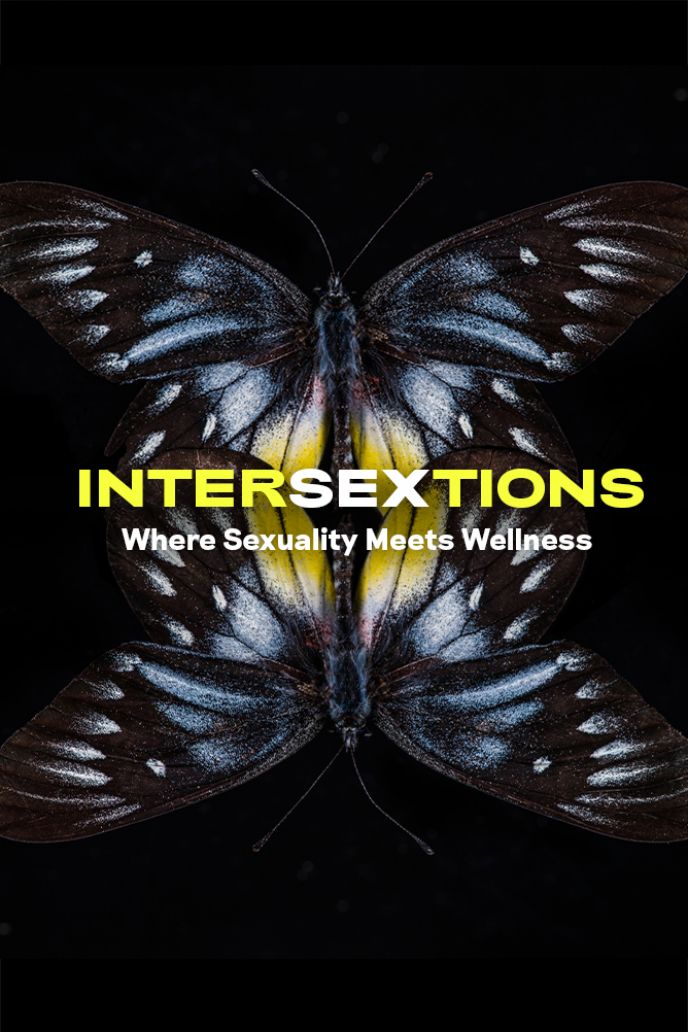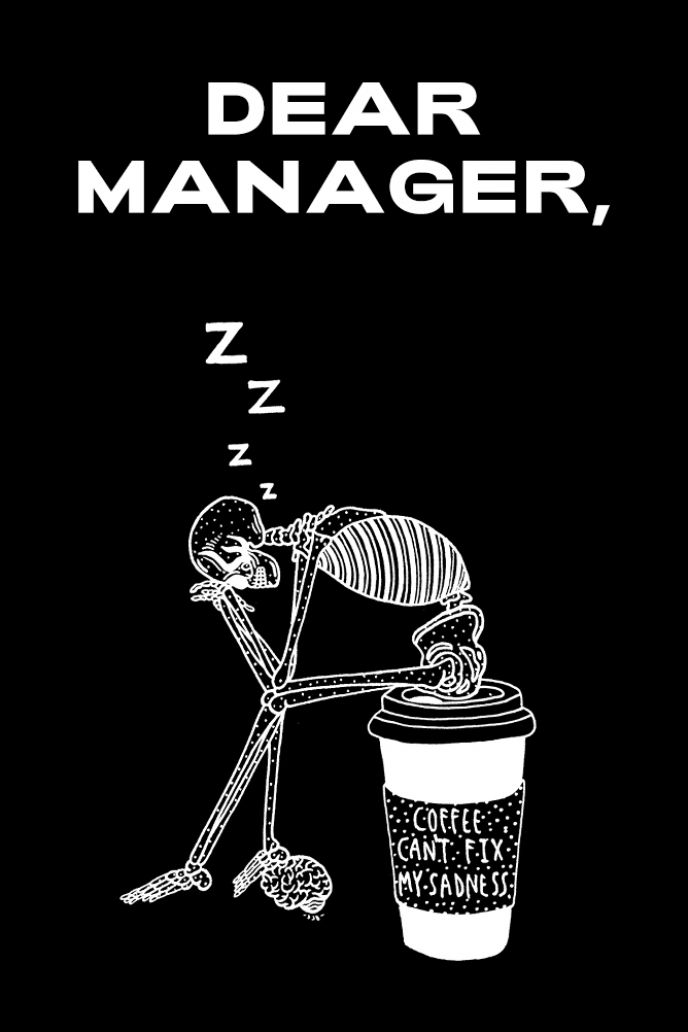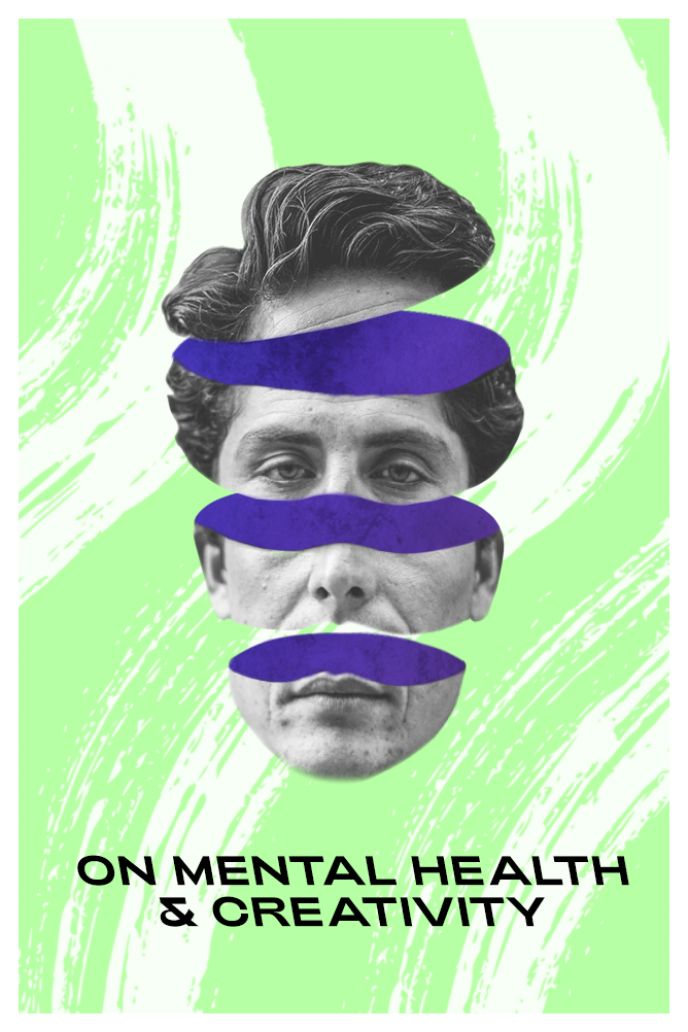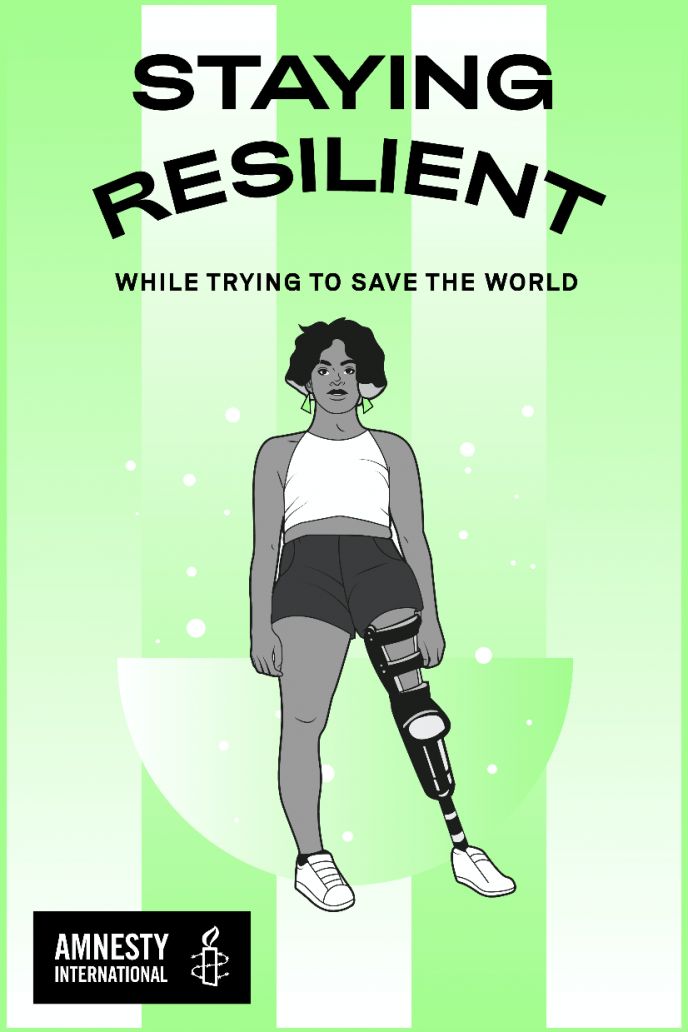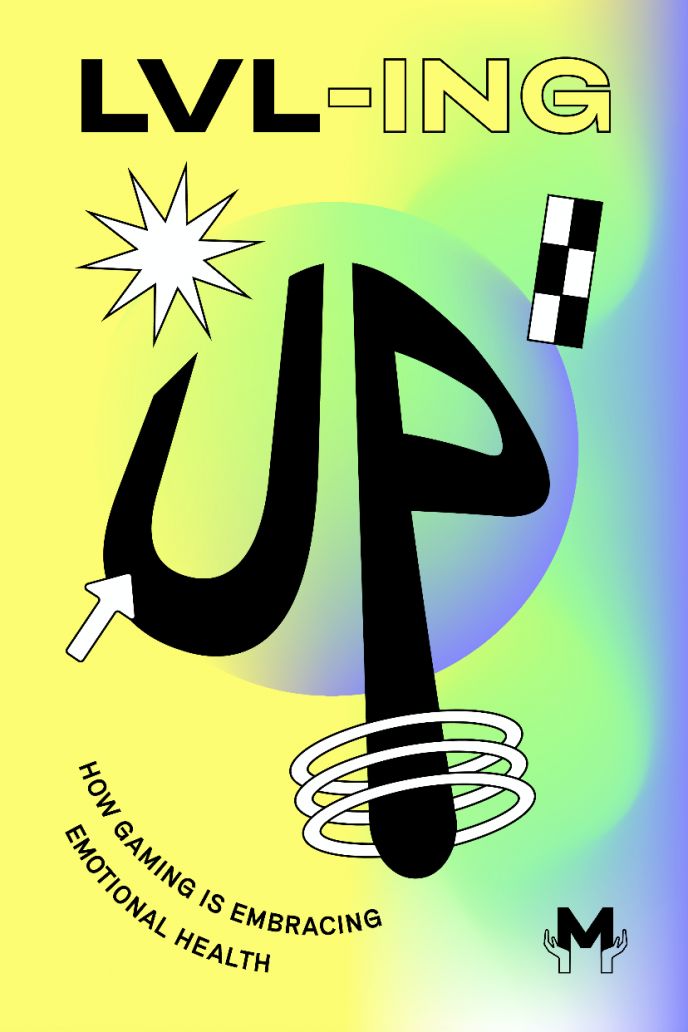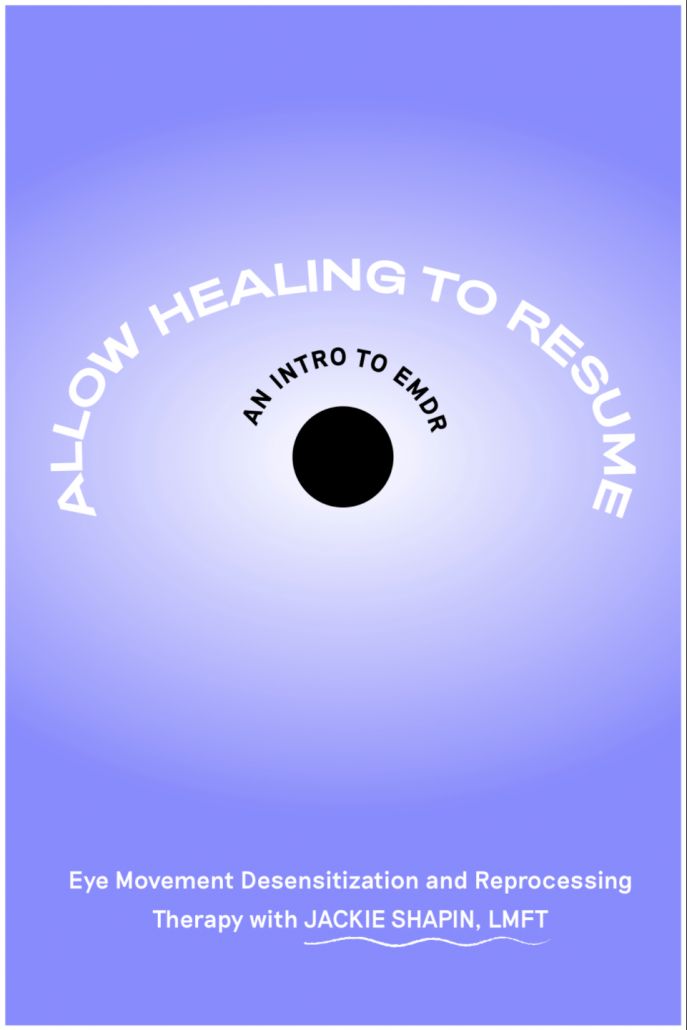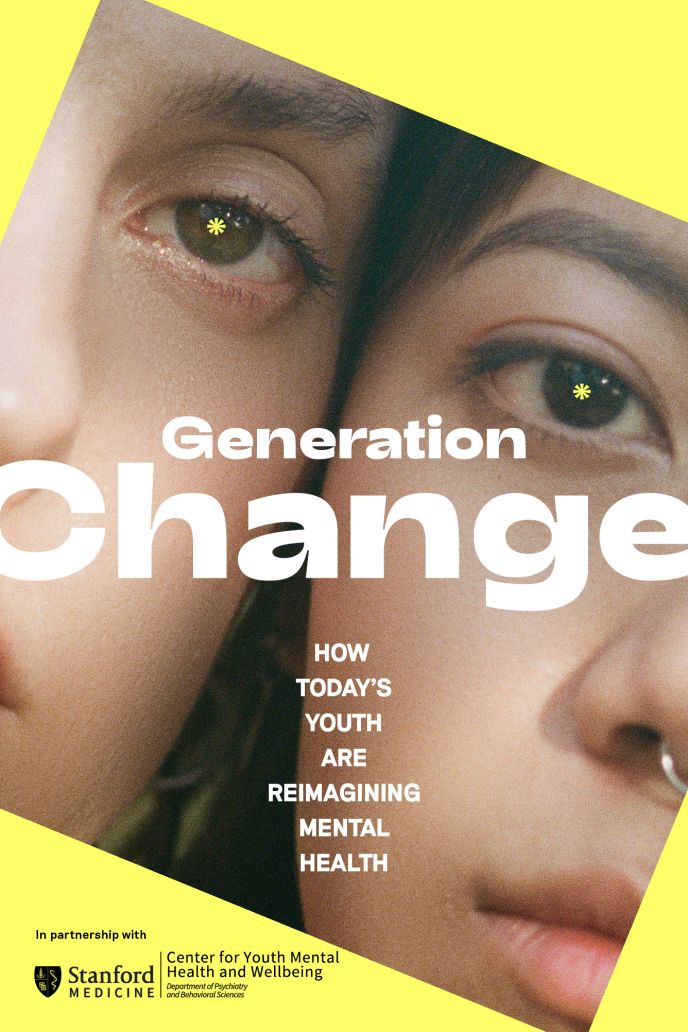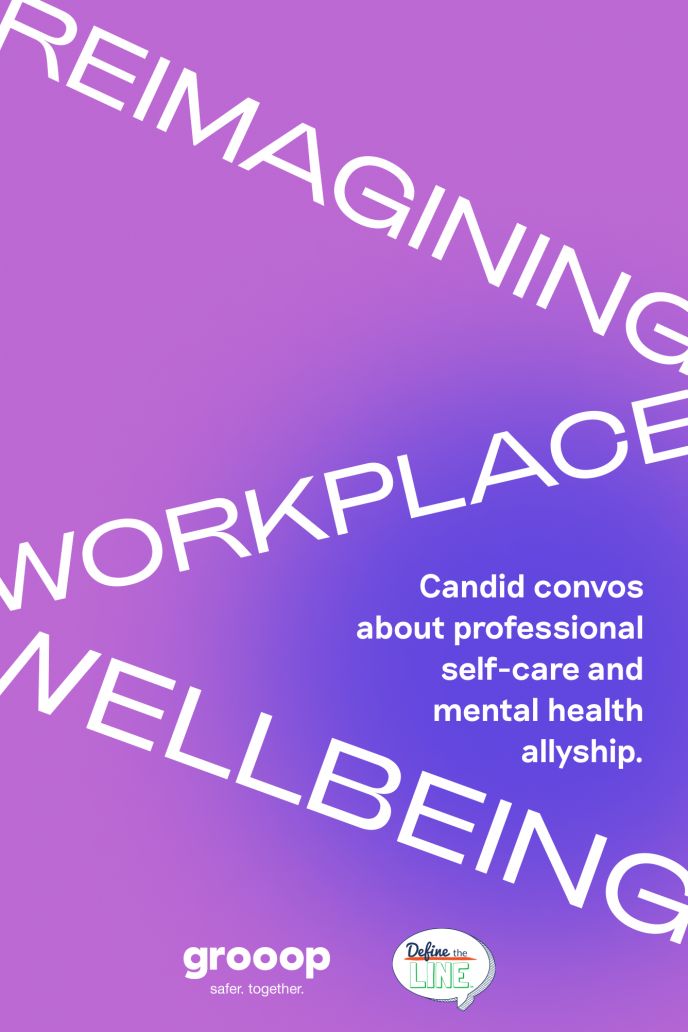Our Crisis Behind Bars
The US prison system is incarcerating mentally ill individuals at alarming rates, exacerbating symptoms and creating a dangerous cycle of recidivism
Written by Lauren O'Shaughnessy
01 A person experiencing a mental health crisis is more likely to encounter law enforcement than they are a specialized counselor or medical professional.
02 There are more individuals with mental conditions incarcerated in the US than there are in mental hospitals.
03 Early detection and treatment efforts, specifically in low income communities, are crucial to lowering incarceration rates.
Danvers. Beechworth. Trans-Allegheny. Waverly Hills. Creedmoor. Byberry.
A Google search for infamous mental asylums will unveil a long list of names and the horrors that took place within their walls. Stories so awful, they frequently find themselves the focus of TV shows, podcasts and feature films.
For most of history, people with mental disorders have been locked up, tortured and denied basic human rights. As time has passed, and our understanding of mental health progressed, conditions have improved. But by how much?
In the late 20th century, deinstitutionalisation led to the shut down of the American asylum system in favor of community health programs that provide patients with more freedom.
However, in the years since, it’s the US prison system that has adopted this displaced population, not federally run programs. Nowadays, sufferers remain locked up and denied the care and humanity they deserve, their captor just goes by a different name.
There are more mentally ill individuals incarcerated in the US than there are in mental hospitals, a reality that has led some people to call prisons “the new asylums.” Roughly 20% of inmates in jails and 15% in prisons are believed to suffer from serious mental illness. As of 2014, this meant that 383,000 people with severe disorders were behind bars — a number ten times that of the patient population in nationwide hospitals. Incarceration rates are particularly high in states with little funding for mental health programs like Alabama, Arkansas, Texas, Georgia, Mississippi and Florida.
The prison system has become a de facto care solution for the mentally ill, specifically those of color or lower economic status. Why? Because it keeps states from having to implement real solutions: rehabilitation centers, community programs, income support options. And, it keeps for-profit prisons full and cost effective.
In effect, a person experiencing a mental health crisis is more likely to encounter law enforcement than they are a specialized counselor or medical professional. Once trapped in the system, they receive little support and are subject to awful conditions. Their health deteriorates, leading to disciplinary issues, recidivism, suicide attempts and in some cases, death.
In recent years, horrifying accounts have given the general public a better idea of the abuses that take place behind bars. A 2015 report by Human Rights Watch found that incarcerated sufferers “are subjected to routine physical abuse by guards, including being doused with chemical sprays, shocked with electronic stun guns and strapped for hours to chairs or beds.”
Some inmates die as a result of their treatment, like Anthony McManus, who starved to death while imprisoned in Michigan in 2005. McManus suffered from schizophrenia and bipolar disorder, and received infrequent psychiatric support while imprisoned for indecent exposure — a misdemeanor crime.
Similarly, the death of Darren Rainey received national attention after the New Yorker published an article on his case in March 2017. Rainey, who was also schizophrenic, died after being left in a scalding shower for over two hours — a form of severe discipline said to be common by fellow inmates.
There’s no denying that prisons and jails are failing to provide the resources and training necessary to manage inmates with preexisitng conditions. Humans Rights Watch found that prison guards and other staff members “typically view mentally ill prisoners as difficult and disruptive, and place them in barren high-security solitary confinement units.” Doing so exacerbates symptoms and often results in hospitalization. After which, inmates are immediately sent back to the conditions they came from.
Productive initiatives like counseling, group therapy or mindfulness activities are seldom offered. Furthermore, prison staff lack the knowledge and training to accurately recognize and respond to alarming behavior, increasing the likelihood of incidents that end in violence or confinement, rather than de-escalation.
The widespread effects of a prison system that criminalize mental conditions should not be downplayed. For starters, it’s expensive. A Texas study from 2003, found that inmates with mental health problems cost anywhere from $8,000 to $28,000 more than the average prisoner. The money spent on incarcerating sufferers could be much better spent on implementing programs that will keep them out of jail.
Not to mention, the majority of those incarcerated are in for low level crimes. But after experiencing intense isolation and abuse while imprisoned, their conditions worsen making it hard for them to function post-release. A criminal record makes it difficult to find work or housing, throwing them back into the cycle of committing crimes in order to survive. This is a burden on law enforcement, state budgets, prison staff and the loved ones of those suffering. Furthermore, it has not been proven to lower crime.
Tackling this issue requires participation and collaboration from congress, public officials, community leaders, prison staff, mental health professionals and the general public.
On a congressional level, new standards need to be put in place for handling crimes committed by those suffering from severe mental conditions. We must also improve access to mental health services so that at-risk individuals can seek out care prior to a crisis.
Public officials and community leaders need to fight for lower incarceration rates of mentally distressed people, higher quality resources within prisons, better accountability rates for prison staff accused of abuse, increased transparency into conditions, and better funding for relevant services. Prisons need to increase the number of mental health professionals made available, provide in-depth training for staff, create systems and programs specifically for inmates with mental disorders, limit the confinement and punishment of sufferers, and take reports of abuse much more seriously.
No one deserves to be imprisoned for having an unwanted condition, especially at a time when societal stigma is beginning to lessen, and our understanding of mental health is getting stronger. This issue is not unique to the United States. Mentally ill individuals are imprisoned, mistreated, misrepresented, and silenced everyday all around the world. It’s on us to put an end to these atrocities, and create environments in which those who need help are supported, rather than punished.
About the author
Lauren is the editorial director and cofounder at the Made of Millions Foundation. She has been a part of the team since its launch in 2016. She has been open about her personal struggles with Generalized Anxiety Disorder and social phobia. You can follow her on Instagram at www.instagram.com/internet_lauren.
Support our work
We’re on a mission to change how the world perceives mental health.


